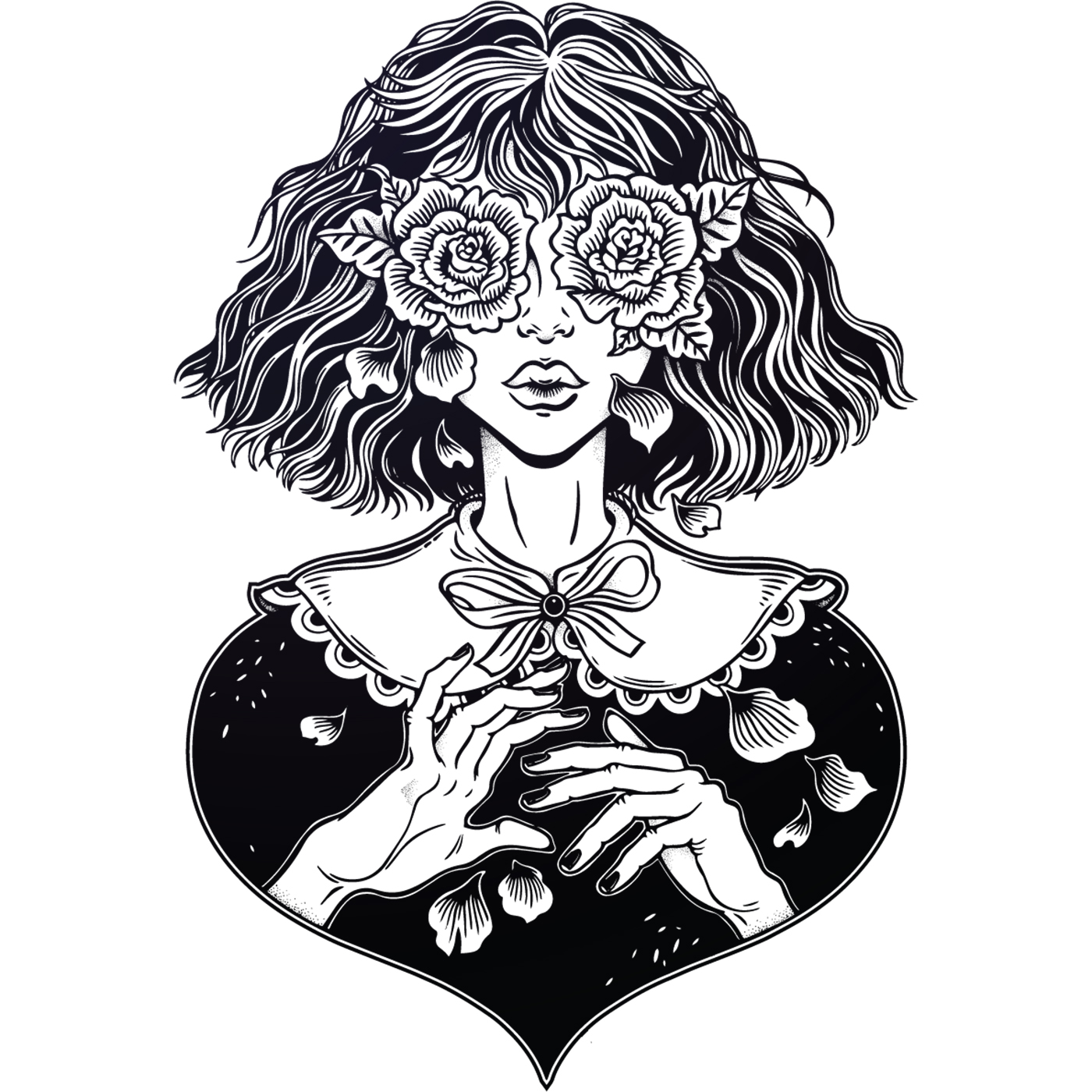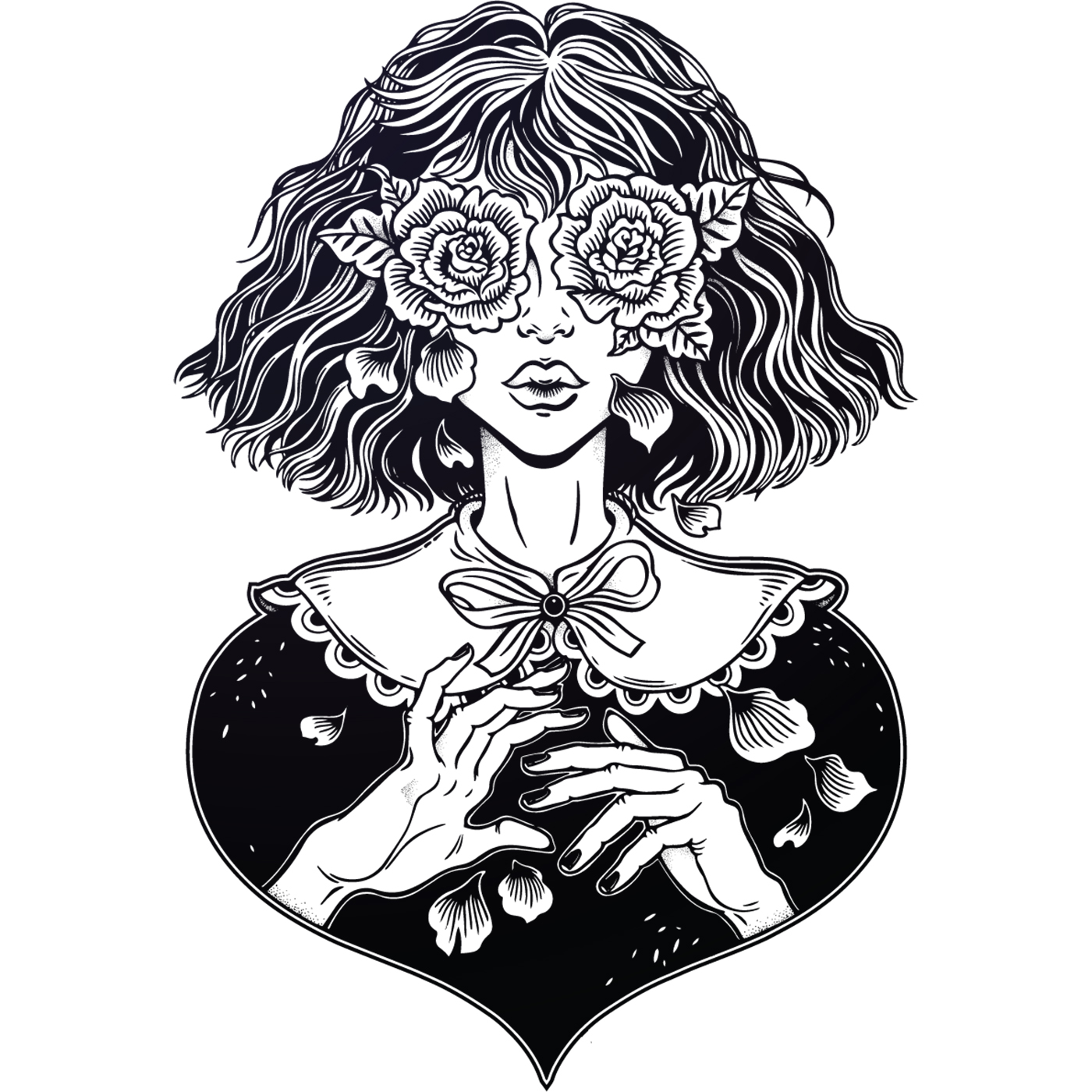In “Loneliness; concerning Enoch Robinson” some scholars have noted the apparent parallels between author and character, since Anderson also left his hometown, married, had children, and worked in advertising to support his family. What Enoch does with charcoal and paintbrush, Anderson did with pen and typewriter.
Yet, biographer Kim Townsend contends, the more obvious inspiration for Enoch is Anderson’s brother Earl, who moved to Chicago with grand hopes but settled for a dead-end job as a restaurant cashier. “To Anderson,” writes Townsend, “his brother always symbolized the sensitive, lonely, vulnerable people of America.” In 1913 Earl disappeared altogether, and Anderson had no idea where his brother was when he wrote “Loneliness,” which may explain why the story is “one of the most moving of the Winesburg, Ohio tales.” Enjoy!

Montgomery is most well known for her “Anne” books – beginning with “Anne of Green Gables”. It was said she wrote “stories of the...

It’s Christmas, so I want to read you a Christmas story, but of course it can’t be a traditional story. So I found something...

This story is based on a religious movement in the 1800s known as the Millerites. Millerite preachers came from the ranks of Baptist, Presbyterian,...